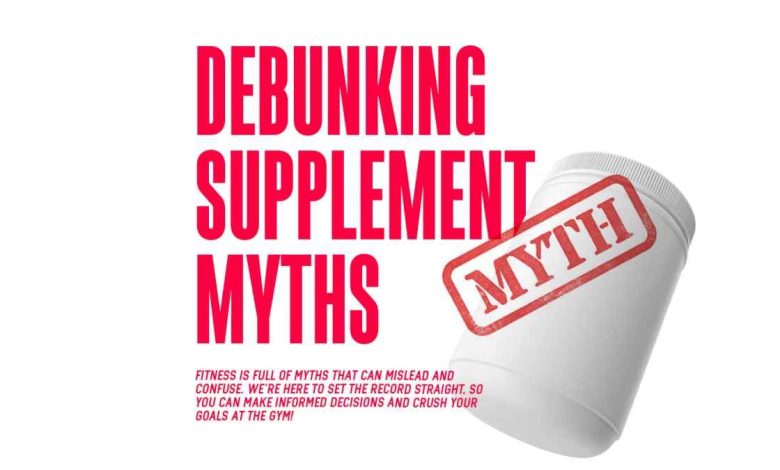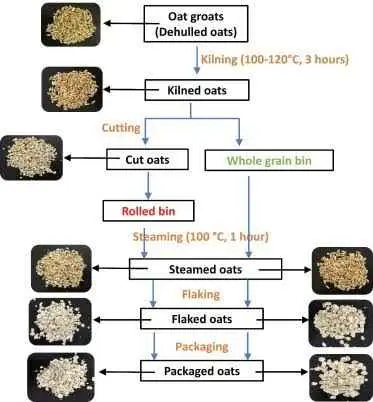Does Blending Oats Destroy Fiber? The Truth You Need to Know

You add oats to your smoothie, blend them until smooth, and drink it down. But then, a thought crosses your mind—Did blending just destroy the fiber in my oats?
This question has sparked curiosity among health-conscious eaters. Some believe that breaking oats down in a blender reduces their fiber content, making them less effective for digestion and blood sugar control. Others argue that blending simply changes their texture, not their nutritional value.
If you’re wondering whether your oat smoothie is still as fiber-rich as whole oats, you’re in the right place. This article uncovers the truth about blended oats, how they affect your body, and the best way to keep your meals as nutritious as possible.
Does Blending Oats Destroy Fiber? The Truth Behind the Debate

Oats are one of the best sources of dietary fiber, especially beta-glucan, which helps lower cholesterol and supports heart health. However, blending changes the physical structure of oats, making some people wonder if the fiber is still intact.
Let’s be clear—blending does not destroy fiber. The fiber remains present, but its structure is altered. Instead of chewing whole oat flakes, your blender does the work for you, breaking them down into tiny particles. This means your digestive system doesn’t have to work as hard, potentially leading to faster digestion and a quicker release of glucose into your bloodstream.
If your goal is to maintain steady energy levels and prolonged satiety, how you consume oats does matter. Whole oats take longer to digest, while blended oats may cause a quicker blood sugar spike if not balanced with protein or healthy fats.
Does Blending Oats Remove Fiber or Just Change Its Form?

A common misconception is that blending removes fiber from oats. In reality, the fiber stays in the drink—it just takes on a different form.
Understanding the Two Types of Fiber in Oats:
- Soluble Fiber (Beta-Glucan): Dissolves in water and forms a gel-like substance, slowing digestion and lowering cholesterol.
- Insoluble Fiber: Adds bulk to stool, supporting healthy digestion and preventing constipation.
Blending affects insoluble fiber the most, breaking it into smaller particles. This makes the fiber easier to digest, which may reduce the time it spends in your stomach. However, your body still absorbs the fiber, and it continues to support digestive health.
To slow digestion and maintain the benefits of fiber, combine blended oats with chia seeds, flaxseeds, or nut butter—all of which add texture and extra fiber to your meal.
Blended Oats vs. Whole Oats: Is There a Nutritional Difference?

The biggest difference between blended oats and whole oats isn’t the amount of fiber—it’s how your body processes them.
| Feature | Whole Oats | Blended Oats |
|---|---|---|
| Fiber Content | Stays intact | Stays intact but is easier to digest |
| Digestion Speed | Slower, keeping you full longer | Faster digestion, possible blood sugar spike |
| Texture | Chewy, requires more effort to eat | Smooth and easy to consume |
Since blended oats digest faster, they may not keep you full as long as whole oats. This is why oatmeal tends to be more satisfying than a smoothie. However, if you’re blending oats, you can slow digestion by adding protein (Greek yogurt, protein powder) and healthy fats (nuts, seeds, avocado).
Do Oats Lose Nutrients When Blended? What Science Says

Nutrient loss during blending is a concern for some, but oats are resilient when it comes to maintaining their nutritional value.
What Could Affect Nutrient Retention?
- Oxidation: When food is exposed to air, vitamins can degrade over time. But this happens slowly and isn’t a major concern unless you store your blended oats for days.
- Heat from Blending: High-speed blending for extended periods can generate heat, which may slightly impact certain nutrients. However, typical blending times (under 60 seconds) are safe.
- Added Liquids: Water, milk, or plant-based milk won’t strip nutrients, but sugary juices can reduce the overall health benefits of your oat-based drink.
To keep your blended oats as nutritious as possible, blend them quickly, use nutrient-dense add-ins (berries, nuts, seeds), and consume them fresh.
Is Oatmeal Still High in Fiber When Blended? A Practical Look

Blended oatmeal still contains the same amount of fiber, but how it affects your digestion is slightly different.
Whole oatmeal requires chewing, which slows down the eating process and helps with satiety. When you blend oatmeal into a drink, it skips the chewing step, which means it enters your system more quickly.
How to Maintain Fiber Benefits in Blended Oatmeal:
- Use steel-cut or rolled oats instead of instant oats, which are already broken down.
- Add unblended ingredients like seeds, nuts, or fruit chunks for extra texture.
- Pair with protein and healthy fats to slow digestion and prolong satiety.
Do Smoothies with Oats Retain Fiber? How to Make the Most of It

Oats in smoothies are still fiber-rich, but to maximize their benefits, how you blend them matters.
Tips for Making High-Fiber Oat Smoothies:
- Use whole oats instead of pre-ground oat flour, which has been processed even further.
- Include fiber-rich ingredients like spinach, chia seeds, flaxseeds, or almond butter.
- Limit high-sugar fruits (bananas, mangoes) and balance them with lower-sugar, fiber-dense options (berries, apples, pears).
- Drink slowly to allow your body to process the fiber gradually.
When prepared properly, oat smoothies can be just as effective for digestion as whole oats. The key is balancing the fiber with the right ingredients.
Should You Blend Oats? Key Takeaways and Final Thoughts
If you’ve been worried that blending oats destroys fiber, you can stop stressing. The fiber stays intact—it just becomes easier to digest.
Key Takeaways:
- Blended oats do not lose fiber, but they digest faster than whole oats.
- To slow digestion, pair blended oats with chia seeds, flaxseeds, nuts, or protein sources.
- Whole oats provide longer-lasting fullness, while blended oats may cause a quicker rise in blood sugar.
- Smoothies with oats retain fiber, but you can optimize them with fiber-rich add-ins.
If you love your morning oat smoothie, keep enjoying it—just make sure you’re balancing it with the right nutrients. Now that you know the truth, how will you prepare your oats for the best nutrition?
